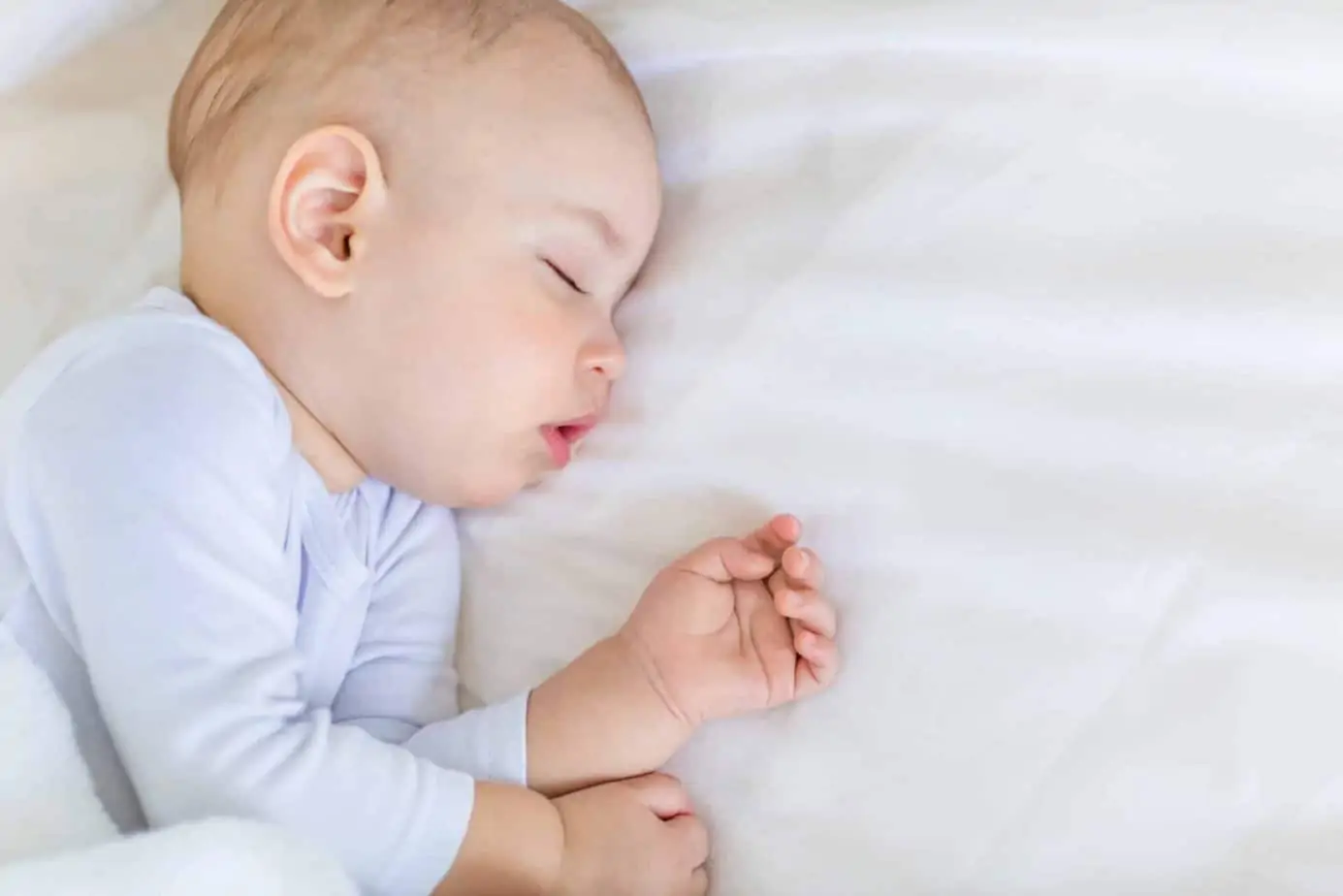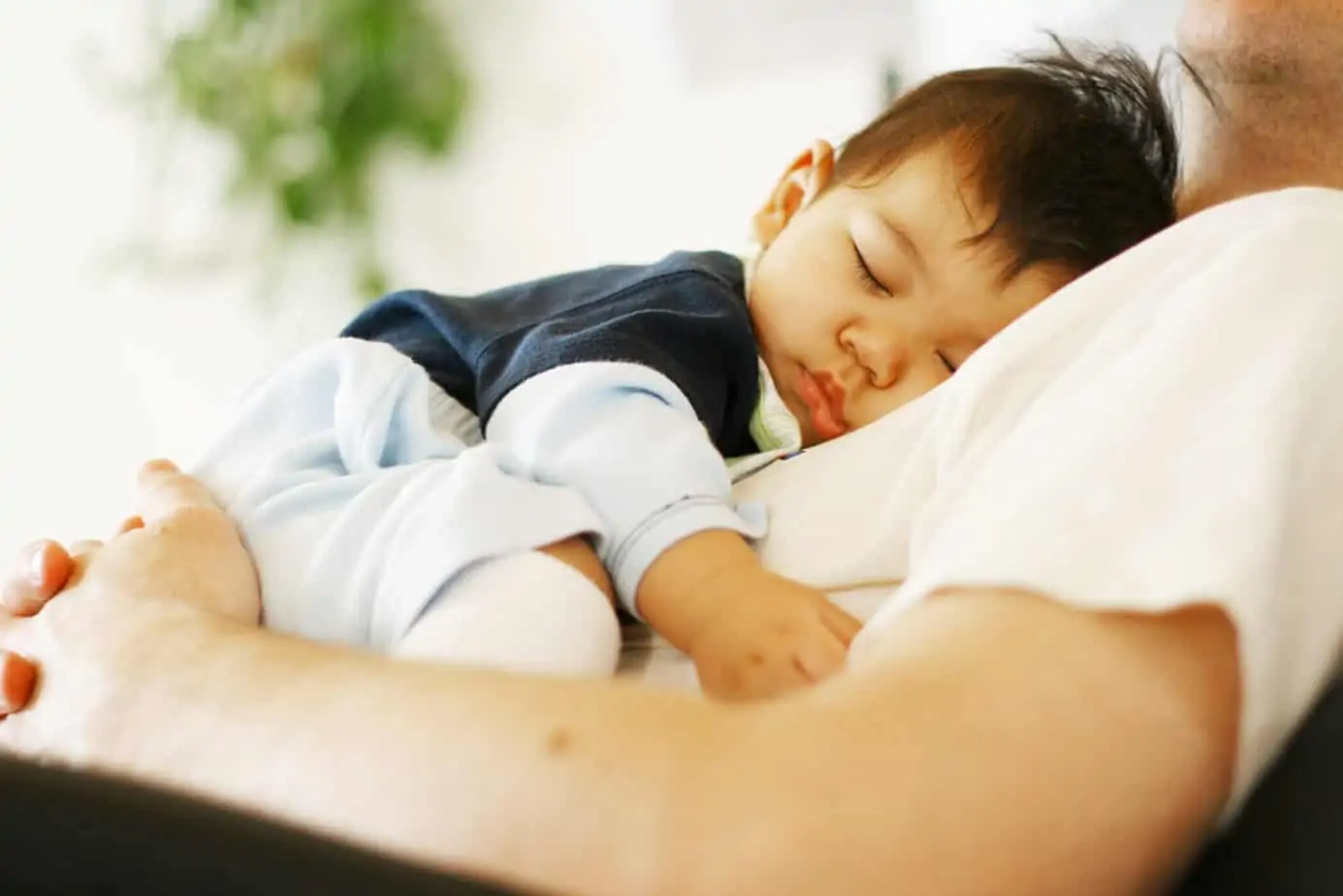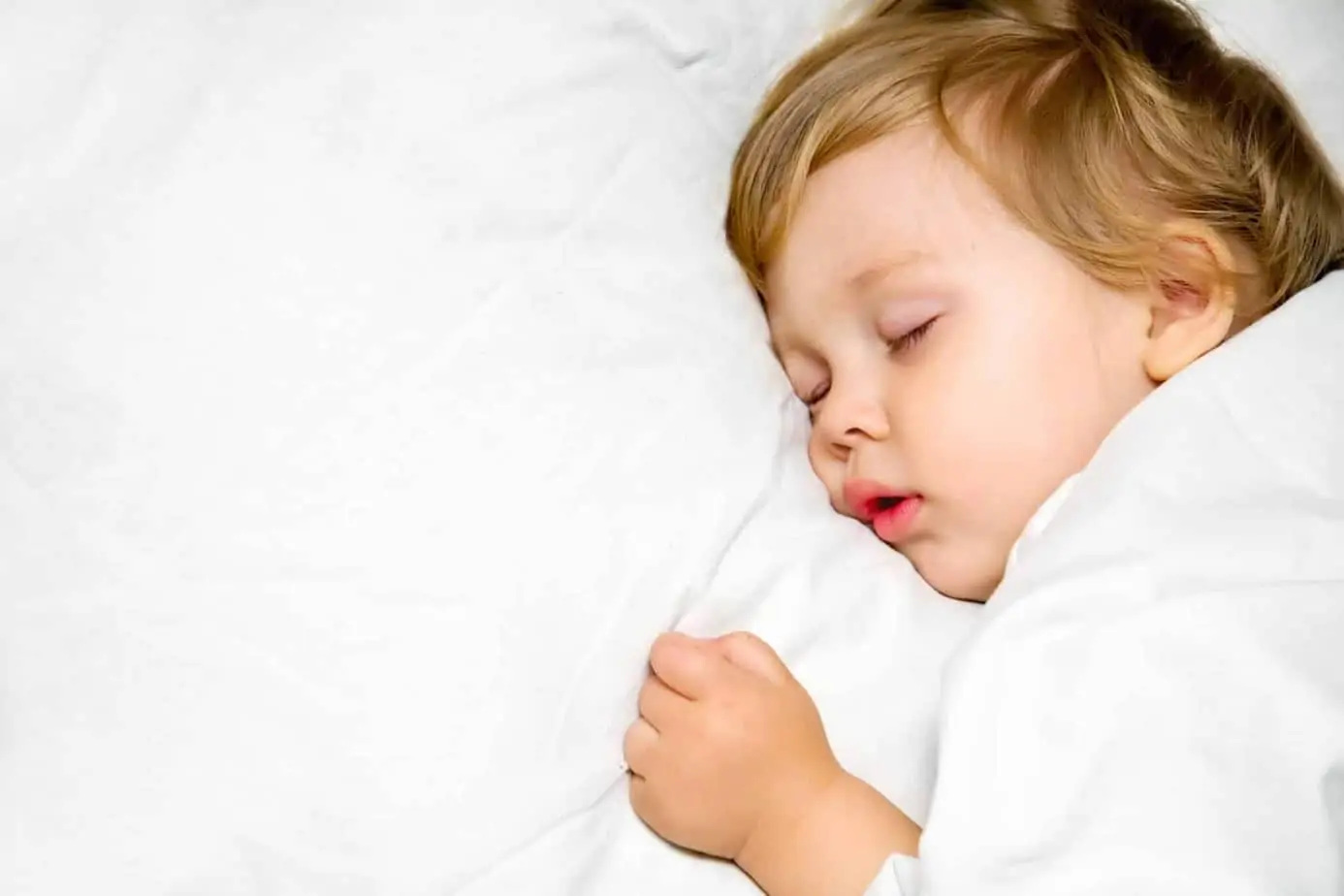The first time your toddler climbs out of their bed, there may be the off chance they won’t do it again, but most likely it’ll boost their confidence and adventurous spirit. Climbing out of the crib is going to continue in frequency unless you curb this behavior quickly. These solutions could be just what you need to help your baby stop breaking out of their crib and nap and bedtime and you can rest easy knowing they won’t be getting out of their room in the middle of the night, or worse, falling down and getting hurt.
My twins were 18 months when they both began climbing out of the cribs within days of one another. At first, it was once a night, but then it was at every sleep time and the first time they appeared together by my bedside in the early morning, I knew this was a phase I had to take control of fast.
When your child figures out how to maneuver their way out of their crib, you simply can’t let this behavior continue. Your child could be injured by falling from their crib, but if they get out of the crib in the middle of the night while you’re sleeping, who knows what dangerous things can happen.
Here are a few options to help your climbing toddler stop breaking out of their crib.
But First… Add a Little Cushion
Until you can tame your monkey from climbing out of their crib, add a little cushioning in the form of thick carpet or rug, a handful of pillows or blankets to cushion the area beside the crib in case of a climbing accident.
Drop the Crib Side
In a sleep-deprived state, it can be easily to forget to drop the crib side. Lower the crib to the bottom level to make the height from mattress to crib rail as high as possible. The extra few inches could be all you need to curb climbing.
Try a Pack ‘N Play
The mesh sides of a pack ‘n play can make it difficult for climbing, unlike the rails on a crib which are easier to grip. This could be a great solutions for younger and littler toddlers but a taller toddler may have the height to jump up and swing their leg over the side and escape this too.
Nonetheless, the pack ‘n play is worth a short to see if this could be a simple fix for nap and bedtime until they’re ready to make the move to a big kid bed or outgrow the pack ‘n play.
Test Out a Sleep Sack
What’s the best way to keep your little one from using their legs to climb out of the crib? Confide their legs and feet to a sleep sack.
Using a quality sleep sack makes it impossible for a youngest to upzip or pull it off on their own, and will enclose the baby’s legs and feet (leaving enough room to wiggle and move their hips and legs, but not get out of the sleep sack) and prohibit climbing. You don’t want a sleep sack that’s too snug around the hips because this can be troublesome for development, but a flexible and breathable sleep sack will do the trick.
I’ve used this sleep sack for all three of my kids when the nights get cold and it keeps them warm and I adore all the Love to Dream styles for their lighter, but snug and flexible sleep sacks.
Babies who find themselves restricted from climbing may give it up more easily than persistent older children who don’t give up so easily. If your child is a mini-heuddini you can put the sleep sack on backwards so they can’t reach the zipper or buttons to undo them.
Remove the Springs and Drop the Mattress to the Ground
Once you drop the mattress on the crib and realize your child is still successful at climbing out, it might be time to try this genius hack.
- Unscrew and remove the springs and mattress base from the crib.
- If you have a drop side crib, lower it until the entire crib frame is sitting against the floor or mere inches from the floor.
- Place the mattress on the floor inside the crib.
- This will make all the of the crib even taller and harder to scale, even for the seasoned crib climber.
- And while it may seem like you just arranged a mini-baby jail cell, remember, safety is always the top priority!
A Word of Caution: Never Cover or Put Anything on Top of the Crib
This is a really important warning to head: never cover, use a crib tent or put anything on top of the crib to prevent your child from climbing out. This is extremely dangerous and not at all safe. Crib Tents can become strangling hazards and anything placed on the top of a crib can slip and suffocate a child underneath. They can also become entangled or stuck between these contraptions and seriously injured or result in death.
None of these are safe solutions when you put your baby’s life is in jeopardy.
Could it be Time to Move to a Big Kid Bed?
When all else fails and your adventurous little one is still scaling their crib night after night, it might be time to consider making the transition to a big kid bed. Don’t rush into this switch unless you’ve tried everything first and nothing has worked.
You may not be ready for this move, but the safety of your child will always come first.
Children generally switch from the crib to a bed between 3 and 4 years, but if your child is two years or older, the switch may be the next milestone for your family.
If your toddler is less than 2 years old, keep trying some of these tactics unless they’ve persistently climbing out of their bed. Kids who are less than two years can have a harder time making the move because they lack impulse control to stay in bed after you’ve tucked them in and the newfound freedom of a big bed can rock their sense of security.
You May Want to Try Easing Into a Big Kid Bed By…
- Put the crib mattress directly on the floor
- Move to a toddler bed (which is the same size mattress as the crib) for a sense of familiarity & security
- Read Expert Tips on Making the Switch to a Big Bed Easier
If your child is climbing because they have a ton of extra energy at night, it might also be time to evaluate bedtime and before-bed activity levels. Is your child going to sleep at a time that gives him enough hours between nap and bedtime to wear himself out, are you putting him to bed too late so he’s overtired and hitting a second wind, or is the stimulation before bed is too high and needs to be taken down a few notches so wind down time aligns with your bedtime routine. All of these can be contributing factors to extra energy you may be faced with at bedtime.
Additional Reading on This Topic
- Making the Transition to a Big Kid Bed
- Signs It’s Time to Move to One Nap a Day: How to Master the Nap Transition
- Scared of the Dark: How to Conquer Nighttime Fears
- How to Ease Separation Anxiety in Babies, Toddlers & Preschoolers
- 8 Common Toddler Sleep Problems & How to Handle Them
- 7 Ways to Beat Bedtime Stalling with Young Kids
- Is Your Kid Waking Up Too Early? How to Fix It
- 10 Helpful Ways to Calm the Kid Who Fights Bedtime
- Toddler Sleep Regressions: What You Need to Know About Your Two Year Old’s Sleep
- How to Establish a Peaceful Bedtime Routine for Your Baby
- How to Survive the 18 Month Sleep Regression & 2 Year Sleep Regressions Without Going Crazy
- Comprehensive Sleep Charts & Sleep Guidelines for Infants Through Adolescents
- The Benefits of Having a Daily Routine
- Create an Awesome Routine for Better Sleep Habits
Want even more?
Shop All Parenting Resources
Shop all of our parenting resources from self-regulation tools and managing big emotions to building self esteem and confidence. There are resources for all seasons of life!








Great article. Totally agree about never putting anything over the crib. Crib tents are extremely dangerous and have cause several deaths and injuries.
We used a sleep sack and it was joke. Our son chuckled when we put it on and he was out the sleep sack and crib in under 3 minutes (yes, we counted!). What FINALLY worked for us were a pair of Little Grounders. They are these cute pajamas the help prevent toddlers from climbing out of their cribs. They were a godsend for us! If your’e interested check them out at little grounders.com .
Best of luck!
Caren